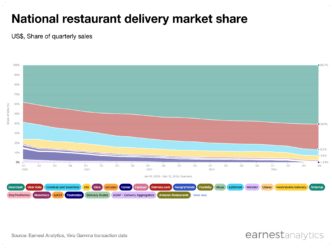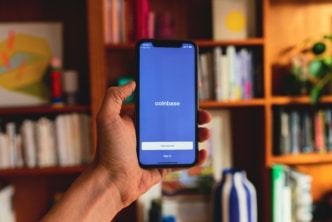Burger King Bets on the Impossible
You have likely heard of the Impossible Burger, the plant-based patty that bleeds but harms no cows, and might play a major part in saving the planet. Burger King is not the first restaurant chain to feature the miracle burger on its menus, but it is the biggest. By making it available for purchase in its St. Louis locations, the fast-food giant may be tapping into a new base of customers.
Whopping Sales for the Impossible Whopper
Before the introduction of the Impossible Whopper, sales at St. Louis Burger King locations were mostly consistent with nationwide trends. Since adding the new burger to its menu in April, sales at the St. Louis locations have increased markedly, outpacing the national average by more than 30%.

Growth Drivers
Following the introduction of the Impossible Whopper, Burger King sales in St. Louis grew over 36% in April compared to March. A portion of this growth can be explained in part by a 7% rise in average ticket price, reflective of the Impossible Whopper costing $1 more than the conventional burger. However, this sales jump was driven mostly by an increase in unique customers — with 24% more customers eating at Burger King in April than in March.

New Customers Are Part of the Story
Additionally, Earnest data shows that 20% of this added sales growth can be attributed to new Burger King Customers, defined here as customers who have not made a purchase from Burger King in more than one year.

Who Are These New Customers?
Earnest data indicates that historical spending habits of these new Burger King customers differ from those of the standard St. Louis Burger King patron. On average these new customers spend 52% more at Starbucks in a year, while also spending more at QSR chains such as Panera Bread, Chipotle and Potbelly. As one might expect, these new customers also spend less money at more traditional fast food restaurants like KFC, McDonald’s and Taco Bell.
Outside of restaurants, Earnest’s analysis uncovered that the new Burger King customers spend 150% more at Whole Foods and Nordstrom than their counterparts. These preferences suggest that these new Burger King customers are more affluent and health conscious, which may explain why the Impossible Whopper attracted them to a chain they may not normally consider.












